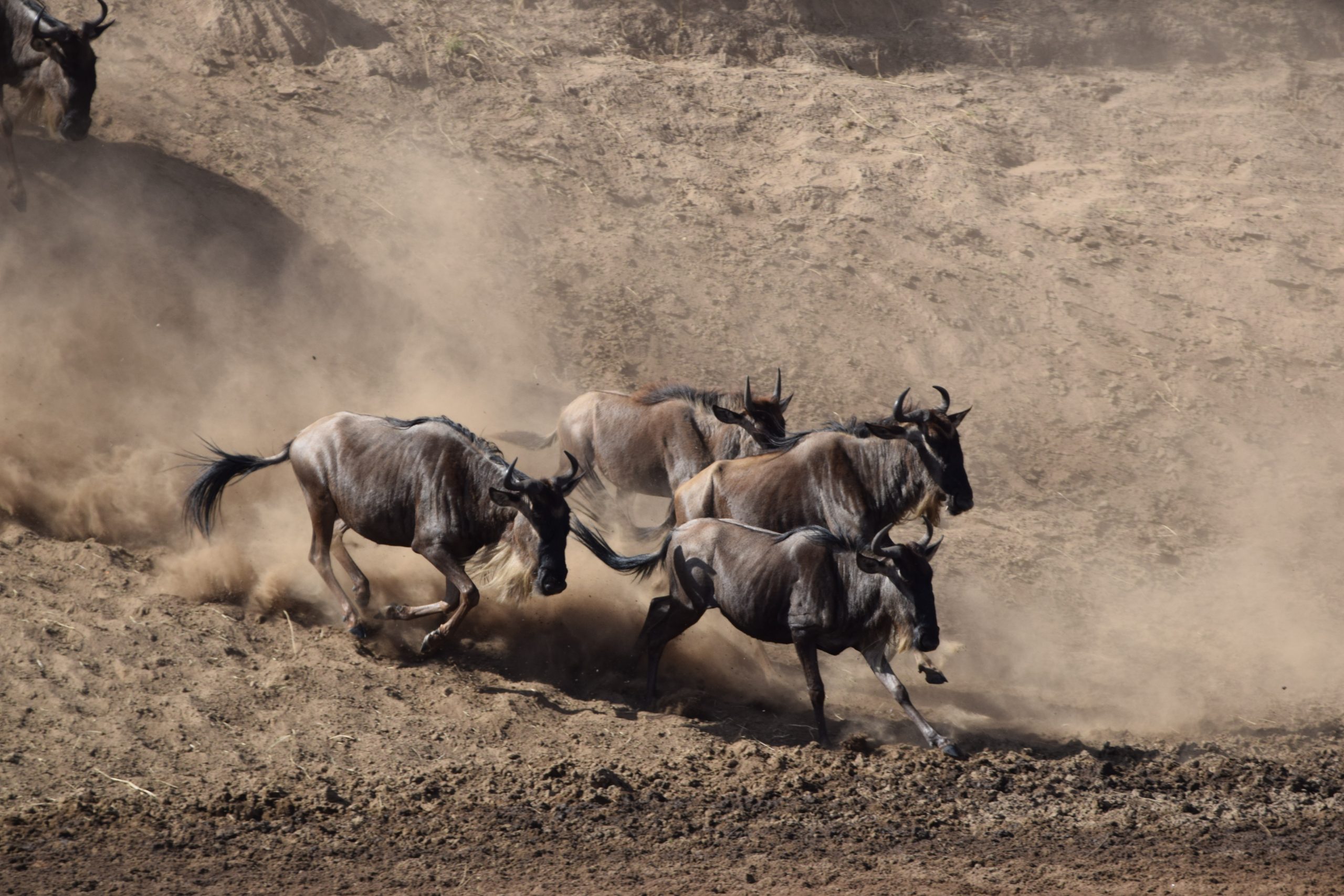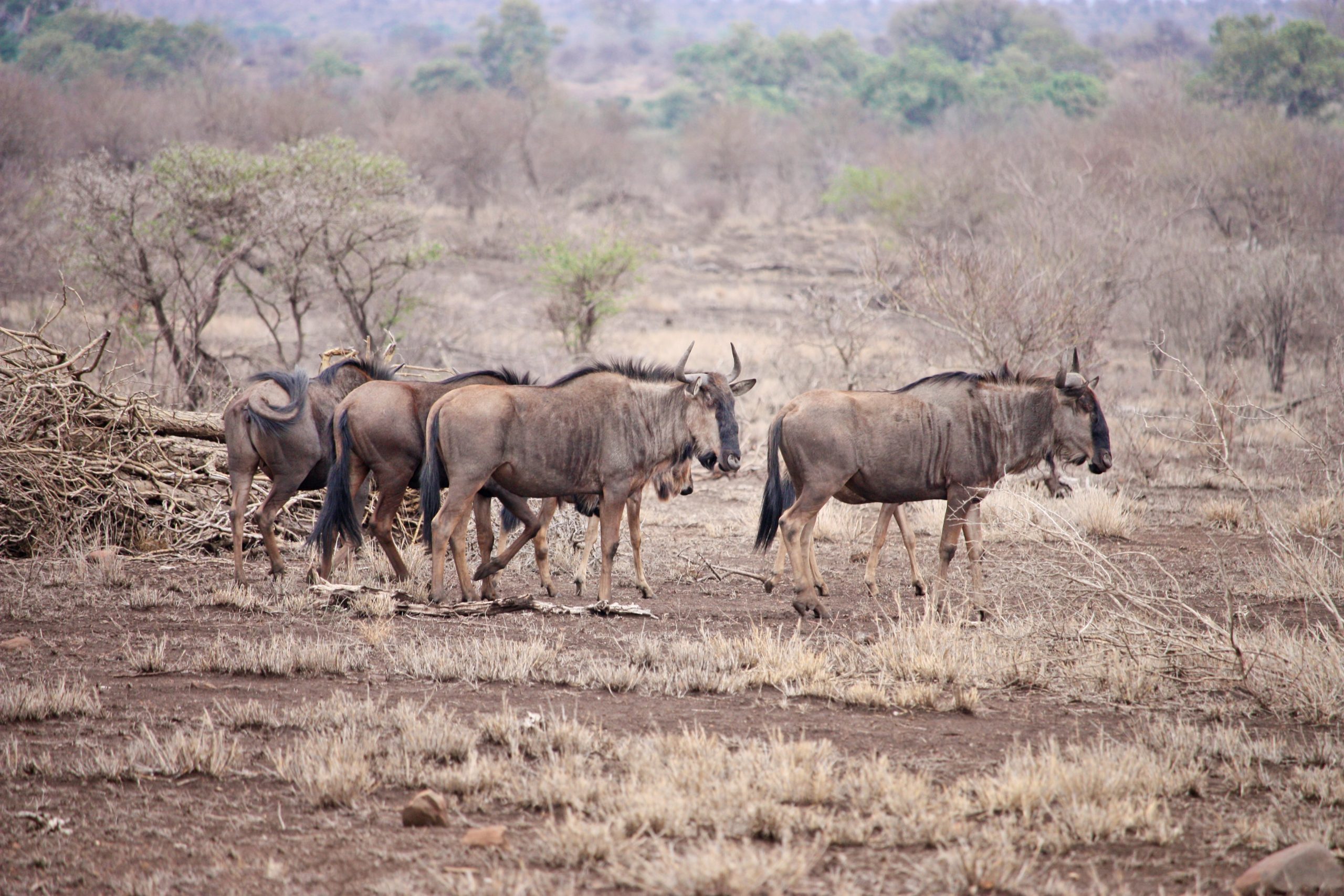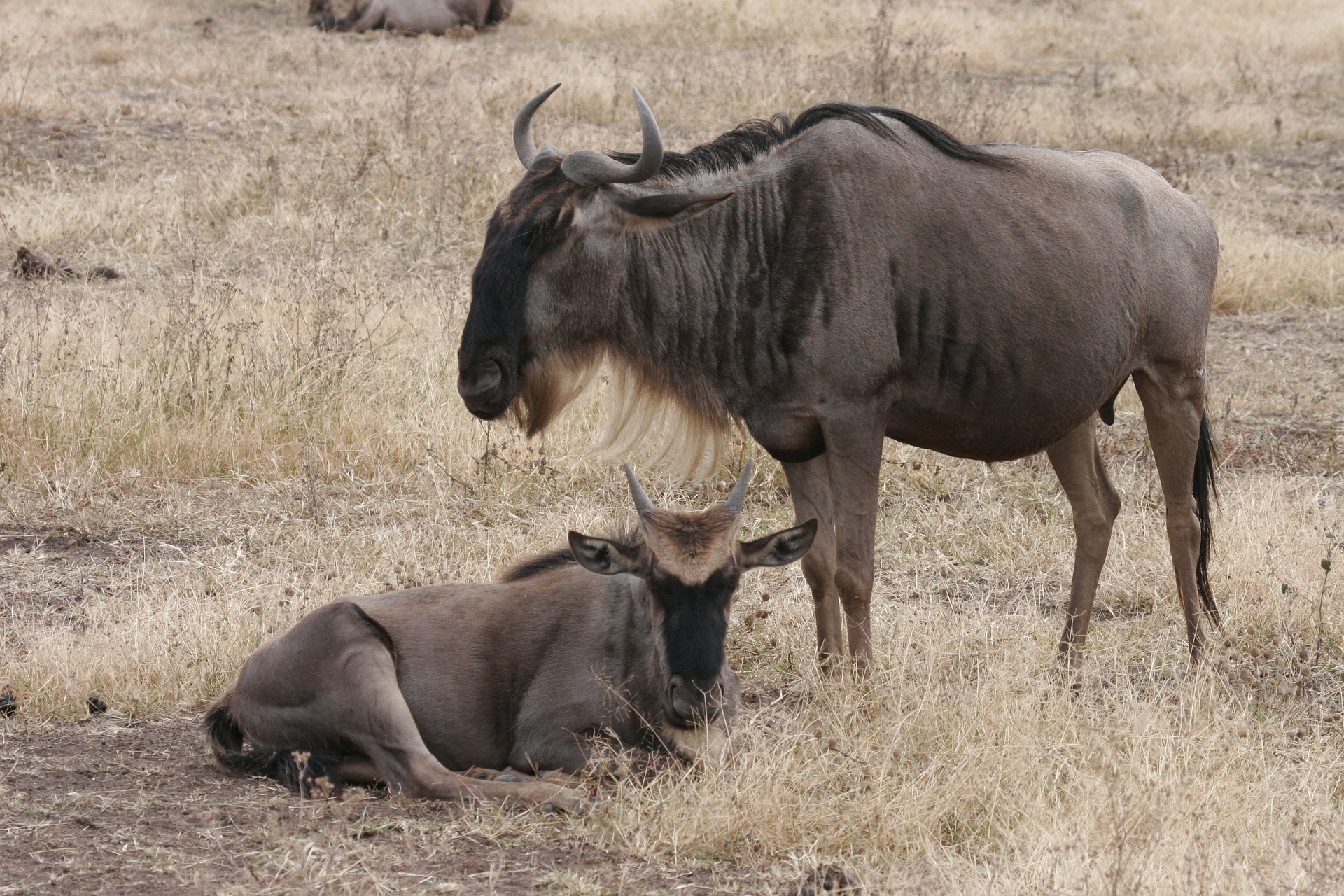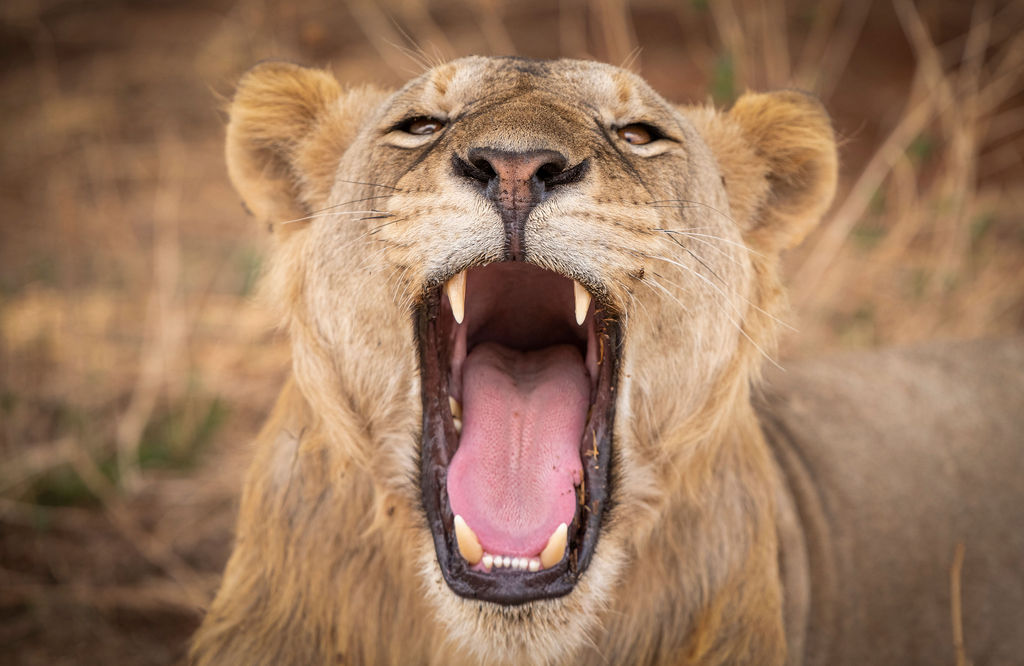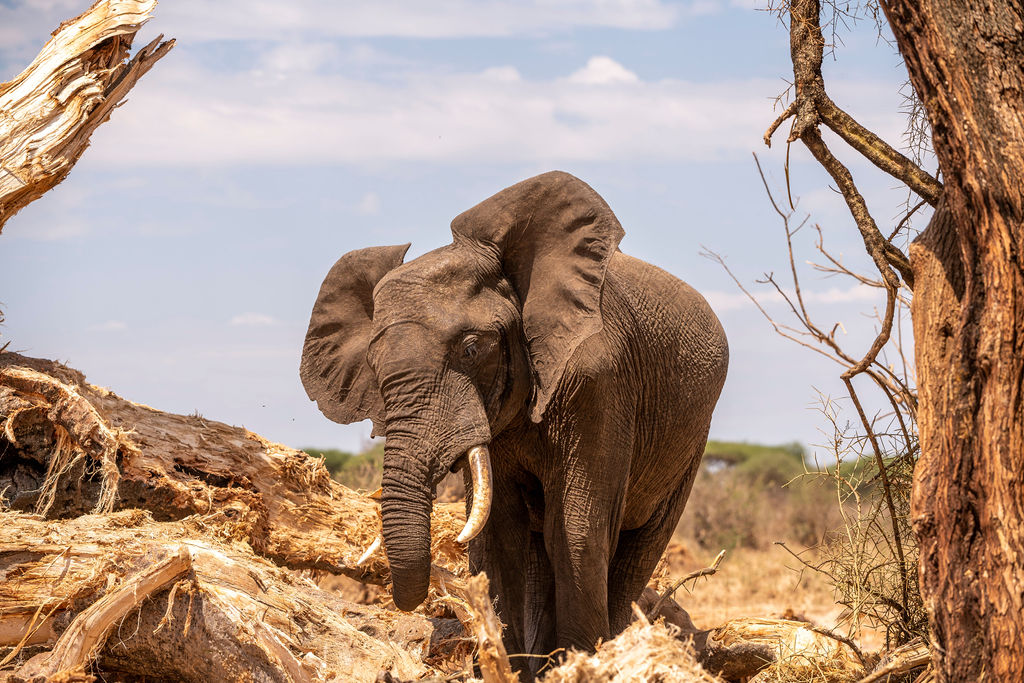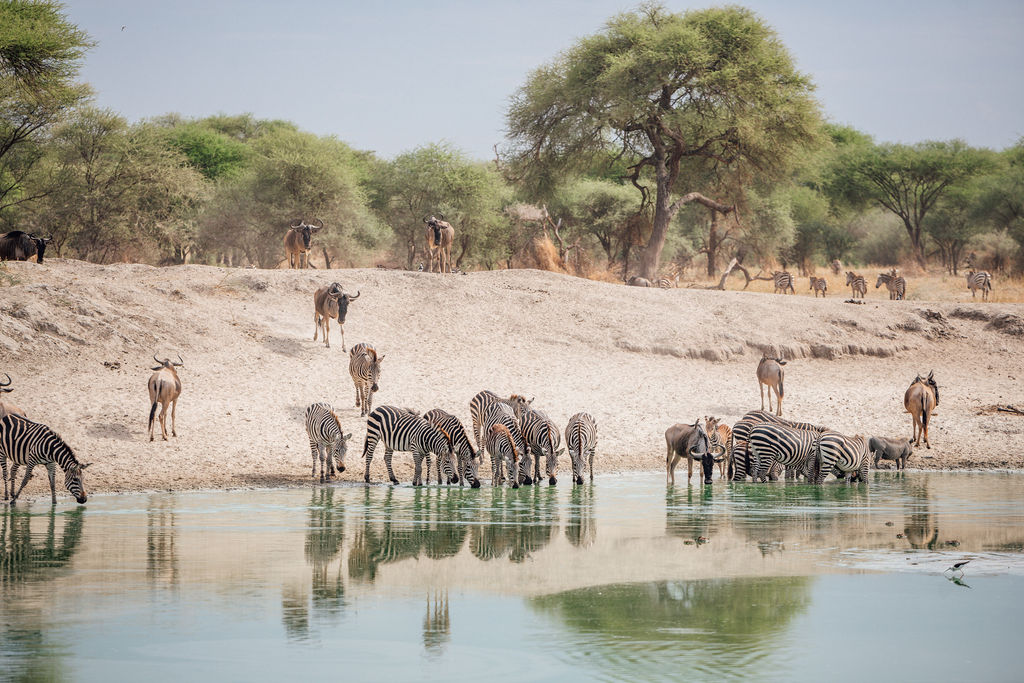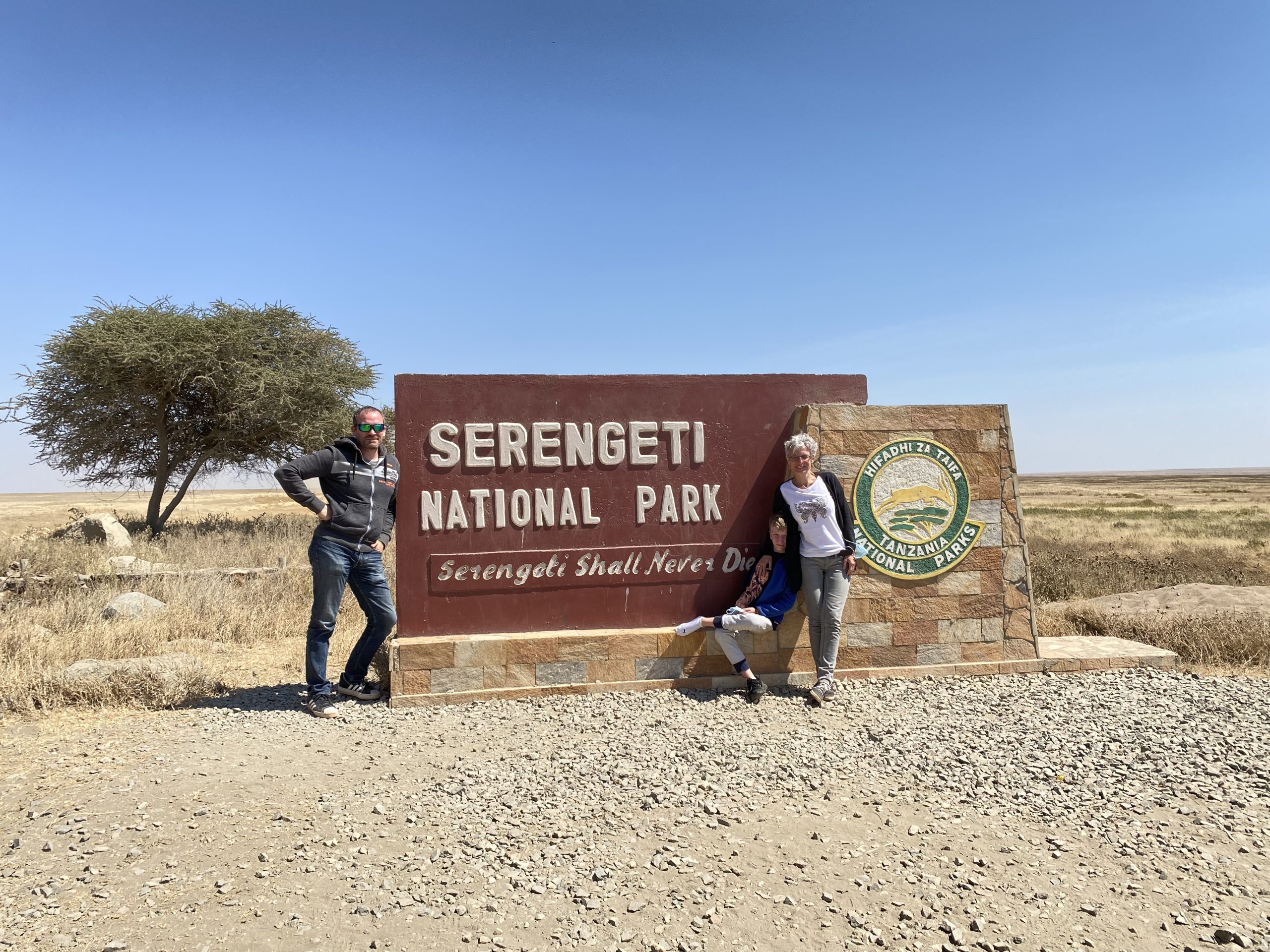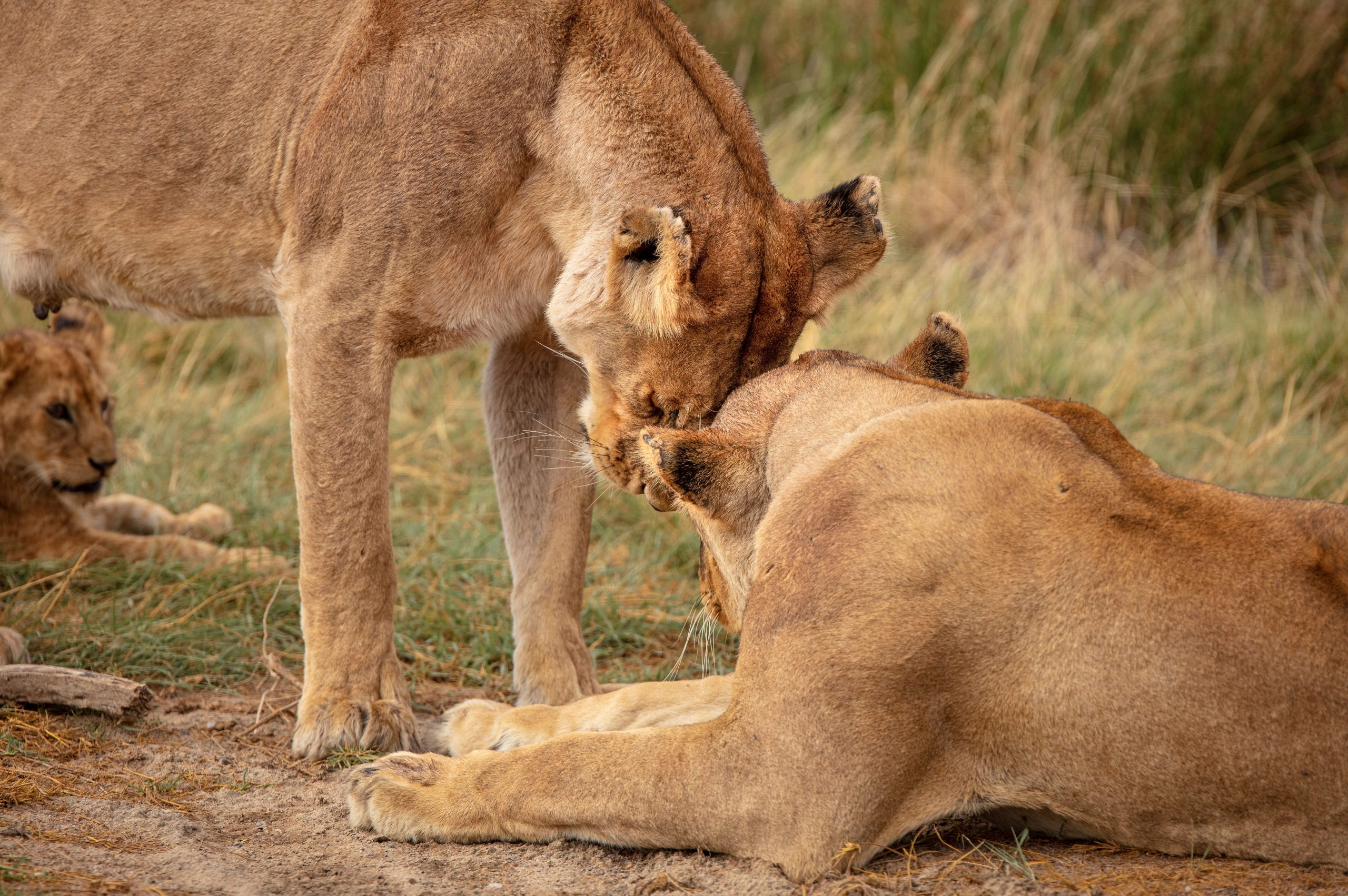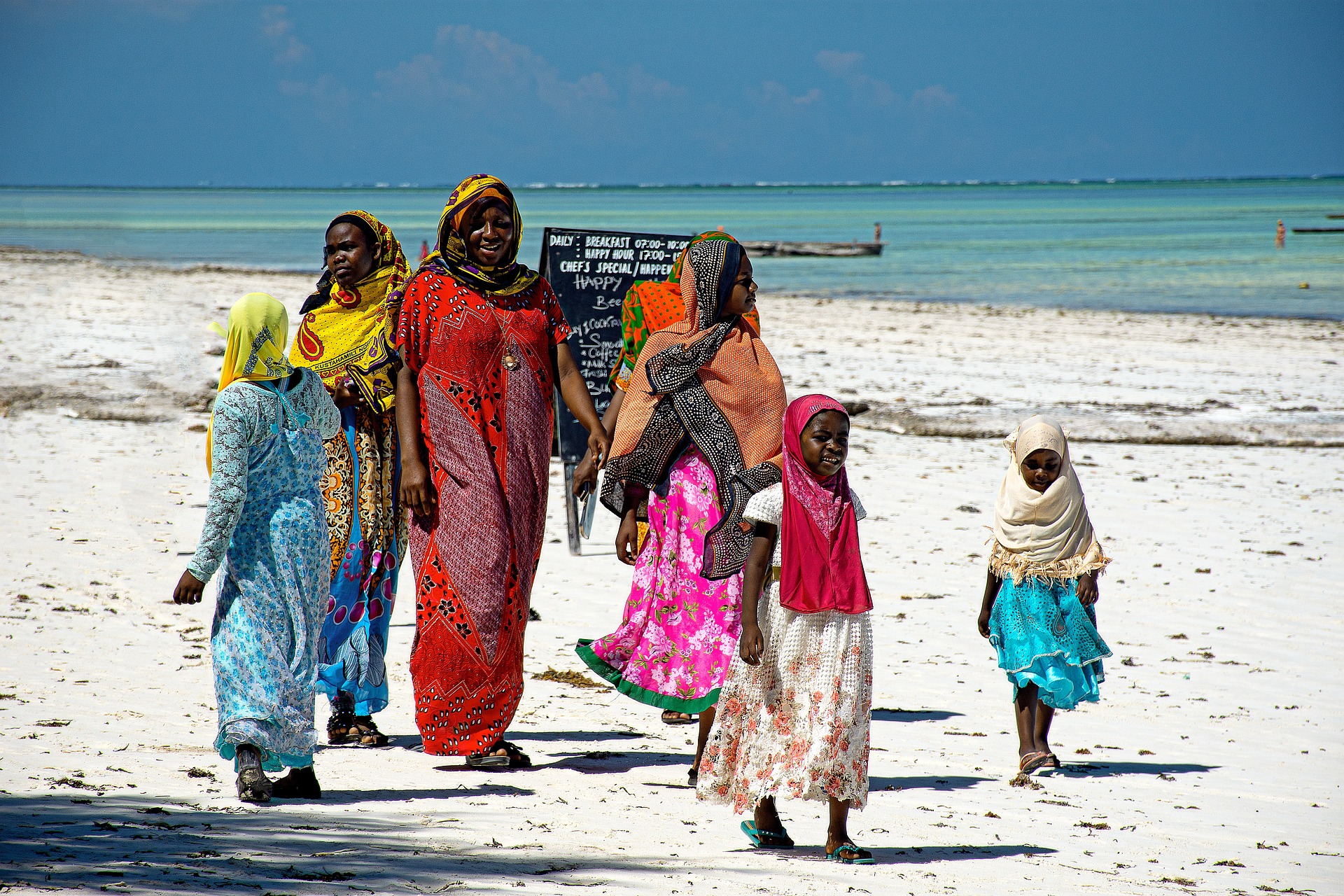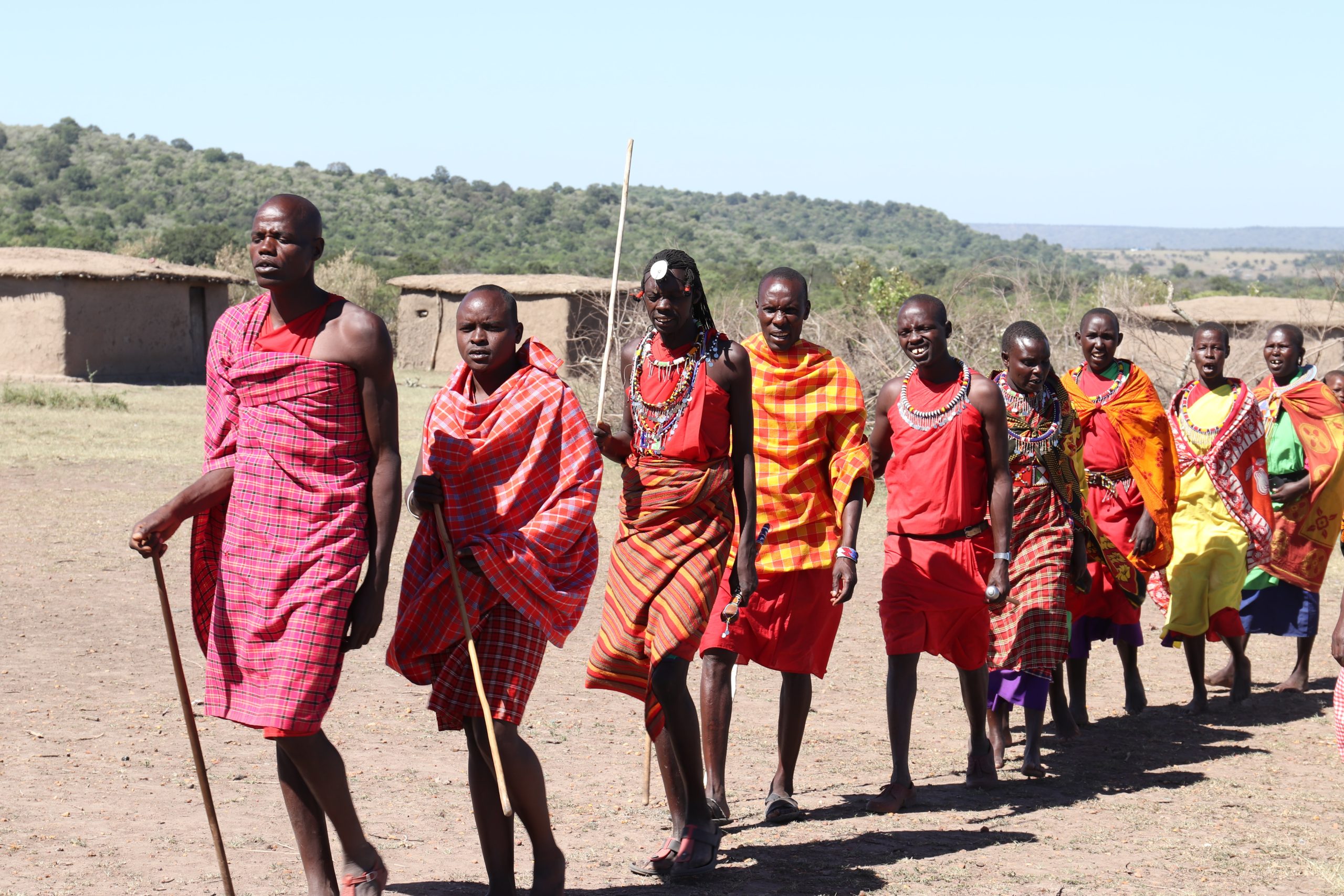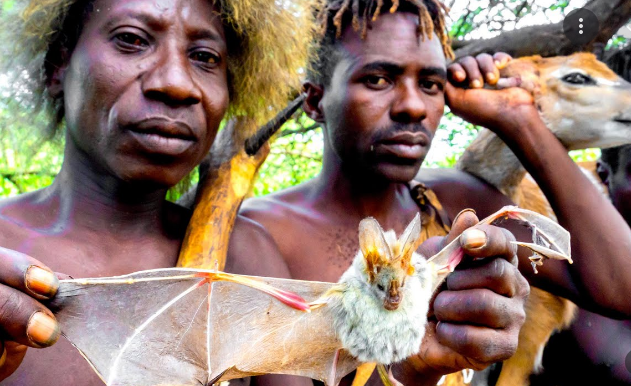The Great Serengeti Migration Safari.
Africa’s race for life.
The journey for the key players in the Great Serengeti Migration, the roughly two million wildebeest, starts in the south of the Serengeti, with the birth of half a million calves between January and March. A favourite season for many of the seasoned Serengeti guides: the air during these months is full of new life and action. Read all about Africa’s biggest wildlife event on this page.
All You Need To Know About The Great Serengeti Wildebeest Migration
The 800-kilometer trek of the immense wildebeest herd is the largest mammal migration on earth. The timing of the migration coincides with greening of nutritious grasses on the short-grass plains during the wet season. These areas are safer because predators can be easily spotted making it an ideal place for calving. However, the plains dry and the wildebeest are forced to move in search of greener pastures in the western corridor. The northern extension of the ecosystem has the highest rainfall, but the grasses are least nutritious. This is the dry season retreat for the wildebeest, at least until the south becomes green again. The result is a clockwise movement from the south, west, north, and back to the south.
The signal for herds to start their journey is the onset of rainfall which they appear to be able to sense from up to 50km away. Some research also suggests that movement may be triggered by lightning or thunder that the animals see on the horizon but this is yet to be proven.
The wildebeest migrate in a circular route. Usually, the Calving Season (February to March) in the southern parts of the Serengeti National Park counts as the starting point, and the northern parts at the Mara River and Kenya’s Masai Mara are the endpoints when the herds start to move back down to the southern plains along the eastern sections of the part

The wildebeest migration happens all year – the migration can be found during any given month; you just need to know where to look! The question should really be about the ‘best places’ to see them during a certain time of year.
The Serengeti Migration Cycle:
Time of year | Area | What to expect |
January | Southern Serengeti | Massive herds grazing on open plains |
February-March | Southern Serengeti | Peak calving season, baby grazing animals. Lots of predator activity |
April-May | Western and central Serengeti | Males competing over females, mating |
June | Grumeti River, central Serengeti | River crossings, crocodiles |
July-August | Grumeti reserve, Ikorongo, central Serengeti | Moving herds spread out across a wide area |
September | Mara River, northern Serengeti | Biggest River Crossing, crocodiles |
October | Western Loliondo and Lobo area of Serengeti National Park | Moving south to the Southern Serengeti |
November-December | Southern Serengeti | Short rainy season, herds arrive late November |
If seeing the migration is an important part of your safari, please use the following guidance when planning / requesting your trip.
As the herds of animals are constantly on the move, the best time and place to view the migration depends on the season and what you want to see.
Generally speaking, the calving season in February-March and Crossings of the Mara River are fantastic times for your Serengeti safari.
Below is a month-by-month guide to where the herds will end up on their migration journey with a detailed description afterwards.
Month | Location of migration | Advice | Additional Info
|
Jan | Ndutu | Min. 2 nights (1 night Central and 1 night Ndutu) | Late January / February is the best time to see the Wildebeest calving. |
Feb | Ndutu | Min. 2 nights (1 night Central and 1 night Ndutu) | |
March | Ndutu | Min. 2 nights (1 night Central and 1 night Ndutu) |
‘Long rains’
|
April | Central | Min. 1 night | |
May | Central | Min. 1 night | |
June | Central | Min. 1 night | Best chance of seeing the migration cross the Grumeti River in the Western Corridor
|
July | Western Corridor | Min. 2 nights (1 night West & 1 night Central) | |
Aug | North | Total 3 nights (Central & North) | Best chance of seeing the migration crossing the Mara River in the Northern Serengeti |
Sep | North / Central | Total 3 nights (Central & North) | |
Oct | North / Central | 2 or 3 nights (difficult to predict location because the animals are are scattered) | |
Nov | C | Min. 1 night | ‘Short rains’ |
Dec | C | Min. 1 night |
Please note, the drive from Arusha to the Southern Serengeti is at least 6 hours. The Serengeti is the size of Kuwait, so distances and drive times can be significant.

